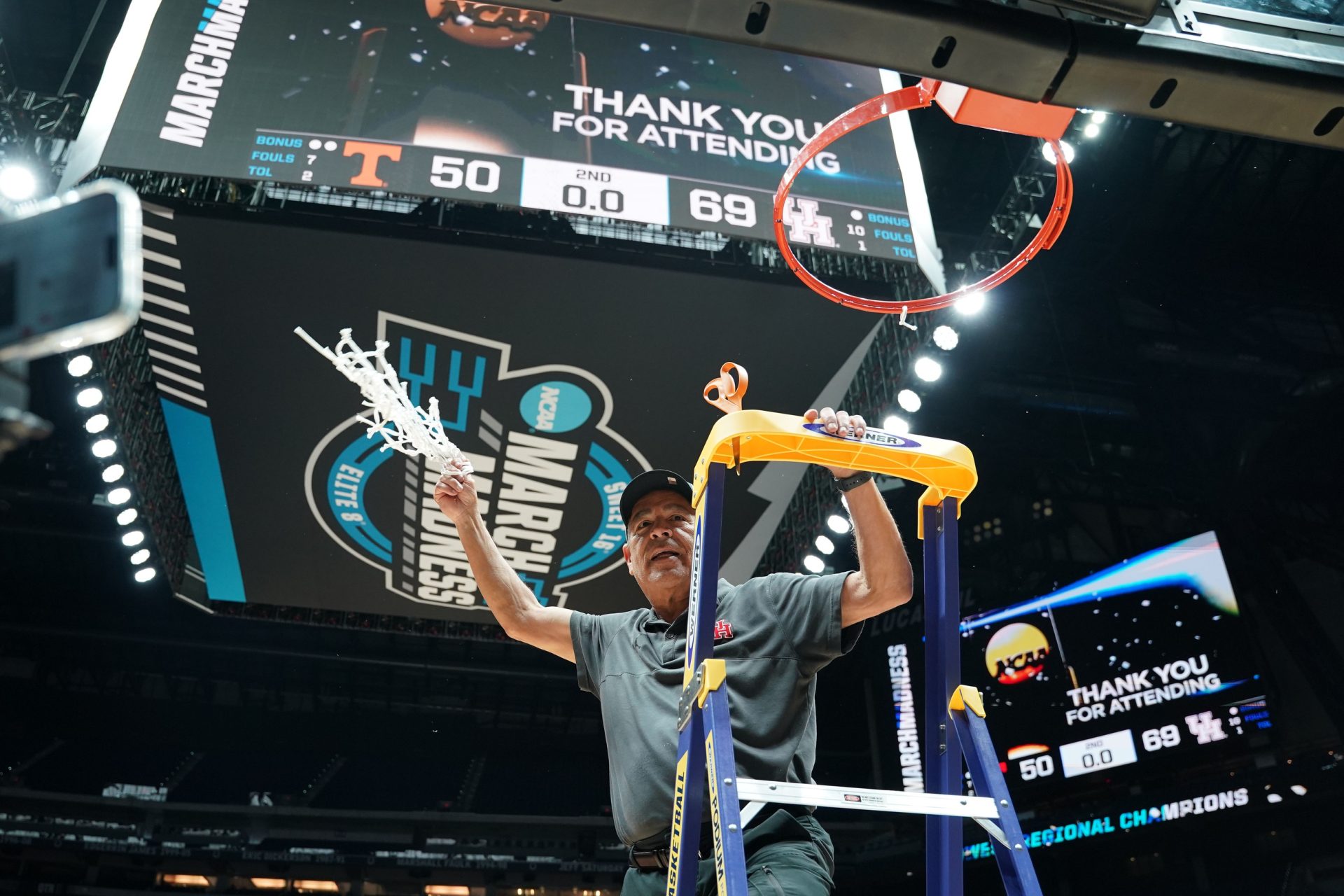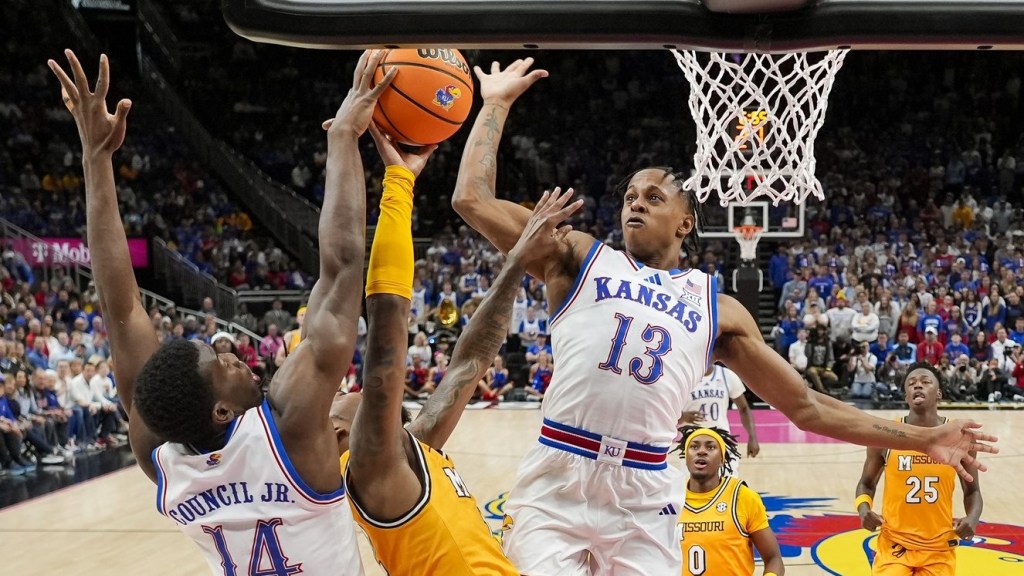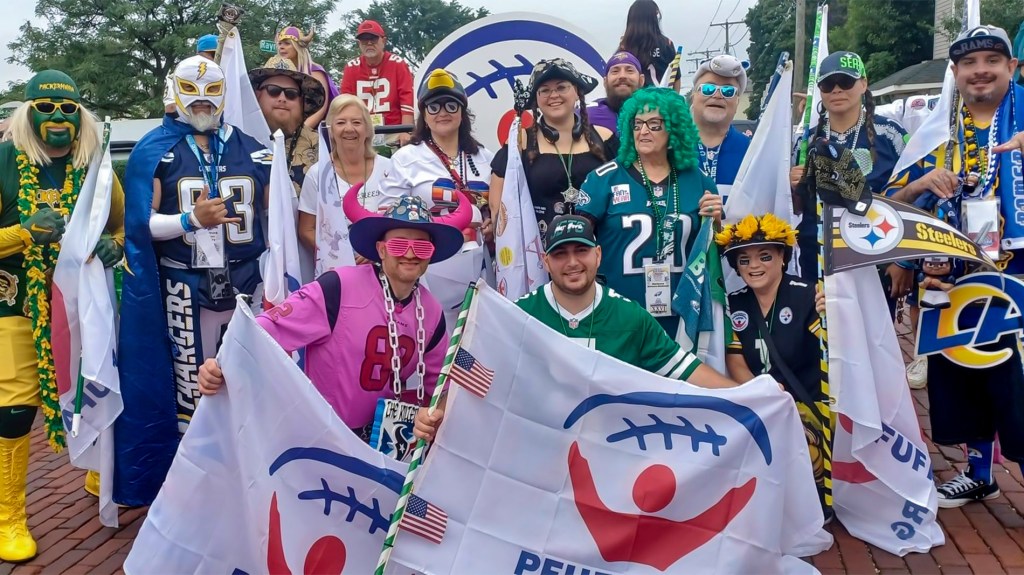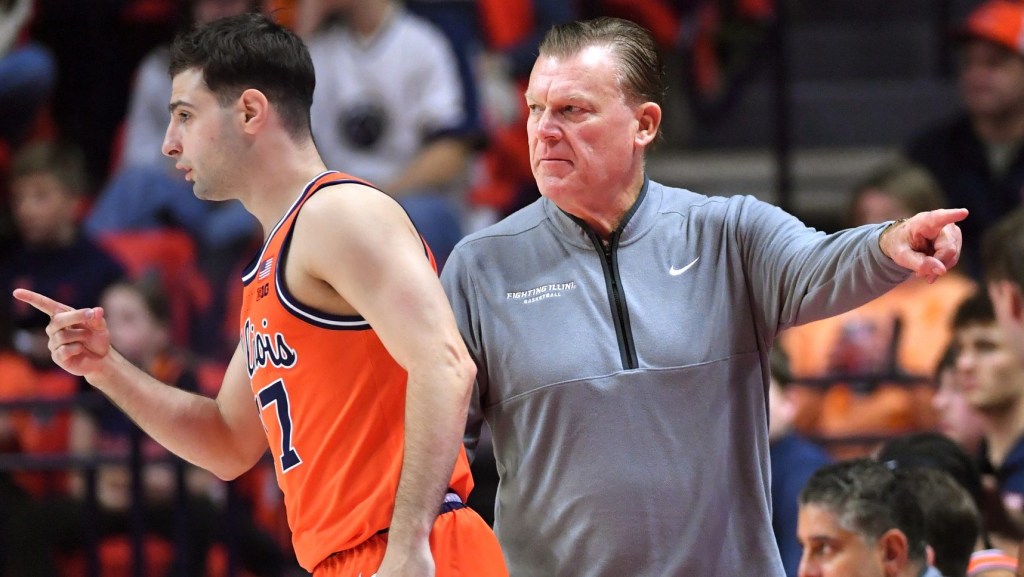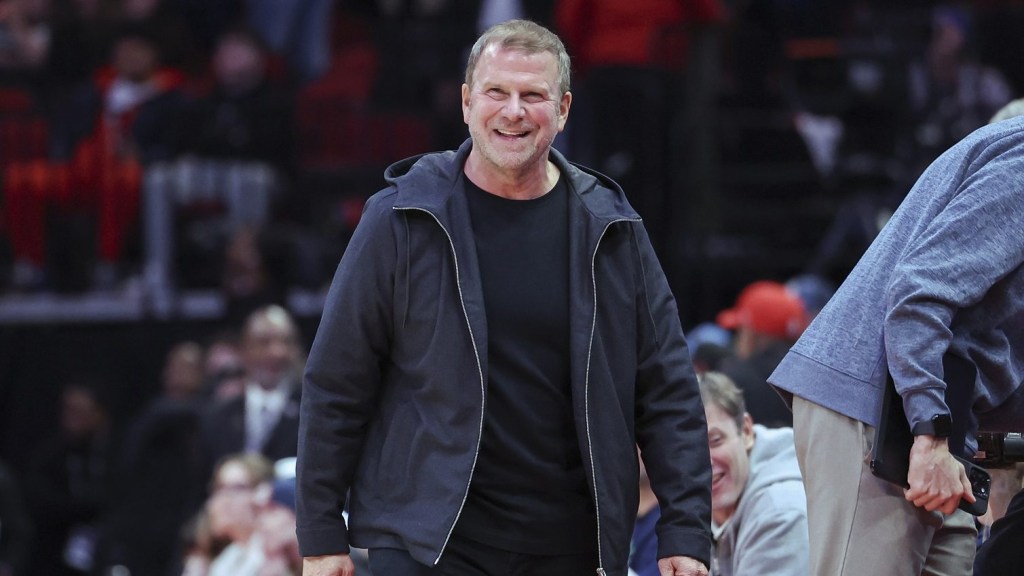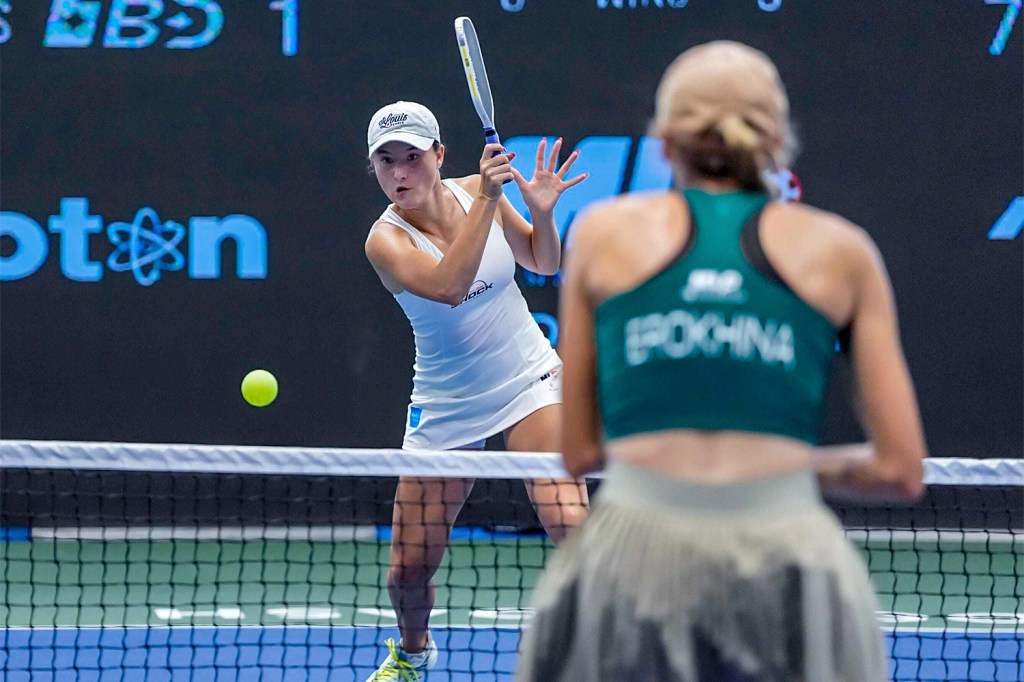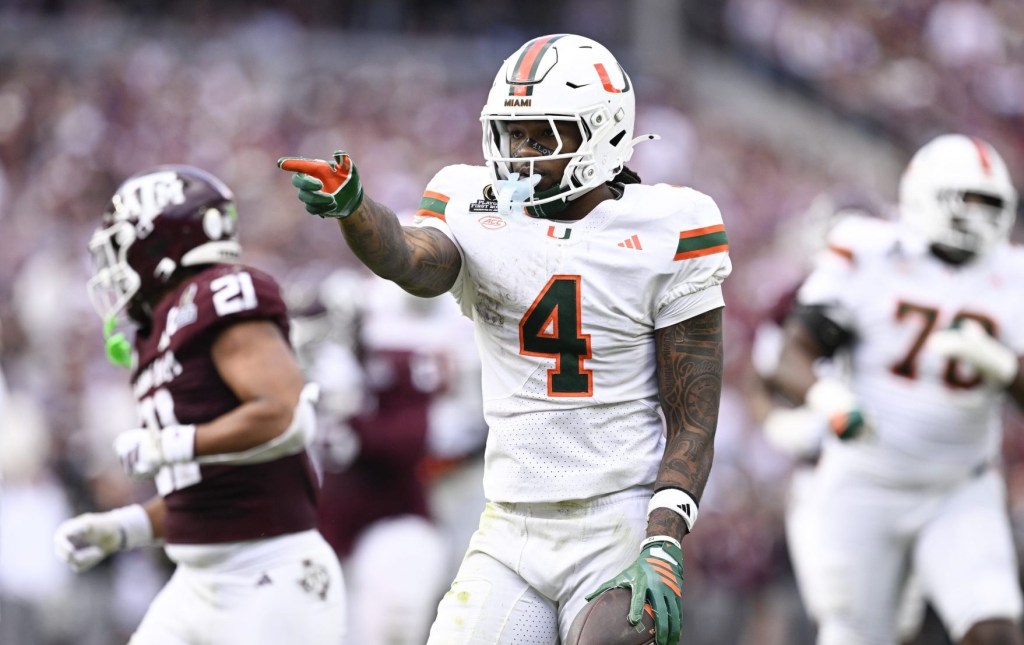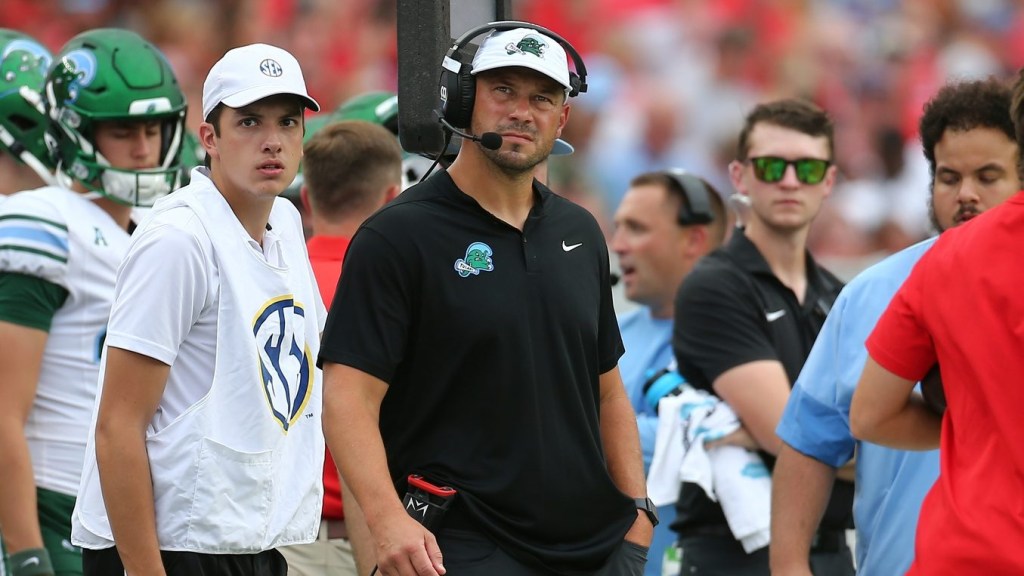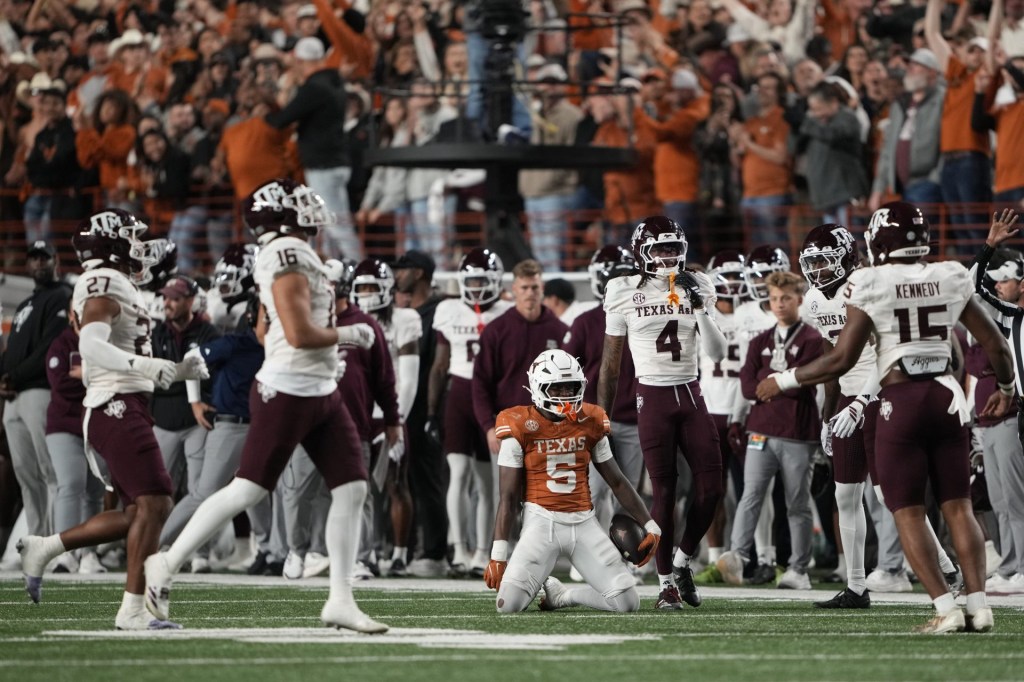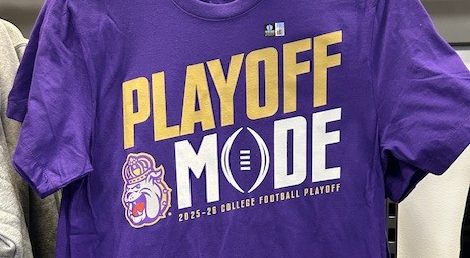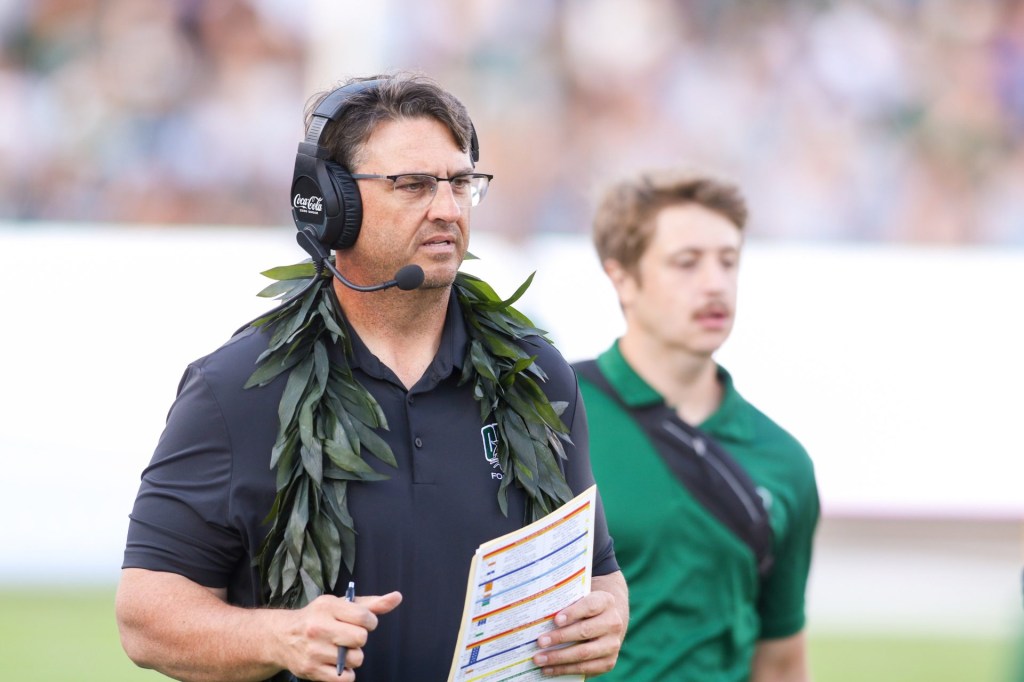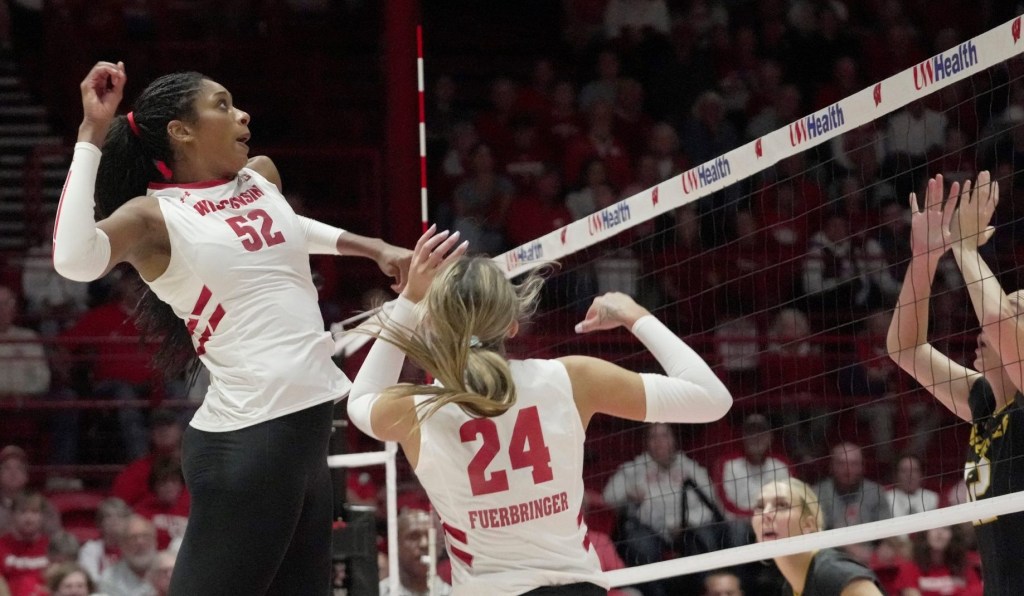The Big 12 hasn’t gotten much attention during this year’s men’s March Madness. Most of the conversation centered on the historic run for the SEC.
But the league has quietly been one of the most successful conferences during this year’s tournament. The Big 12 sent seven teams to the Big Dance—four of which made the Sweet 16 (tying a record), and two of which made the Elite Eight. The Houston Cougars will represent the conference in the Final Four when they face off against Duke on Saturday night in San Antonio.
“I would say we’ve been a little overlooked,” Big 12 commissioner Brett Yormark tells Front Office Sports. “In college basketball, you’ve gotta do it over a period of time. And it’s going to be an extended period of time—and that’s what we’ve done.”
The Big 12 has sent at least six teams to men’s March Madness for the past 11 consecutive years, and it has long boasted bluebloods such as 2022 champion Kansas. But the league has made significant investment in men’s basketball throughout the past several years, both with current members and opportunities presented by conference realignment.
In 2021, the league decided to add Houston, UCF, BYU, and Cincinnati after losing Texas and Oklahoma to the SEC. The moves were made by then-commissioner Bob Bowlsby, widely credited as saving the league from being ripped apart by conference realignment.
At the time, head coach Kelvin Sampson had just come off a Final Four berth as a member of the AAC—and he took the move as a challenge. “We’re not going to run from anybody,” Sampson said at the time. “We get the internet here in Houston. We get cable. We don’t need someone to tell us how good Kansas is or how good [2021 champion] Baylor is. We get it.”
The league wasn’t done expanding, however. In 2022, Yormark took charge of the conference after Bowlsby retired, and it wasn’t long until he made a mark of his own. The following summer, the league snagged four more schools during the Pac-12 disintegration: Arizona, Arizona State, Utah, and Colorado.
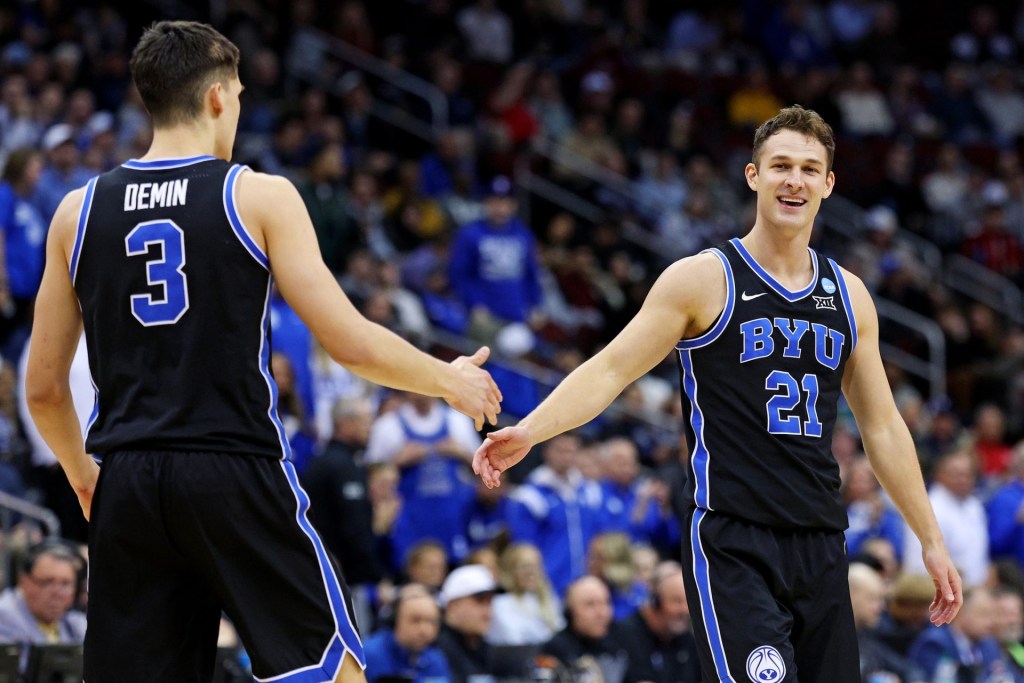
He notes three of the four schools that made the Sweet 16 came to the conference through the latest round of expansion: BYU, Arizona, and Houston. (Houston wasn’t even in the Big 12 the last time it made the Final Four, in 2021.) “We as a conference got a lot deeper and, in fact, stronger through expansion specifically in the area of men’s basketball,” Yormark says. “Which has been a wonderful positive for the conference itself.”
BYU, for example, appeared in its first Sweet 16 since 2011. “We’re a force to be reckoned with both in the Big 12 and nationally,” head coach Kevin Young said after BYU ended its season in Newark last week. “Making the move to the Big 12, the football team got that party started the last couple years. We tried to carry the torch. It’s exciting to think what we can build.”
Yormark, who has a basketball background as the previous president and CEO of Brooklyn Sports and Entertainment (which runs the Brooklyn Nets and Barclays Center), has made it clear that even in a world where power conference football reigns supreme, men’s basketball still has major value.
The league has revamped the conference tournaments, moving them to Kansas City in 2010 (though some people on social media did criticize the lack of fans at some of the games in the T-Mobile Center), and it has worked to make basketball media day a “major tentpole event,” similar to football media day.
The Big 12 has secured more exposure in the next iteration of its media deal with ESPN and Fox. A settlement between ESPN and Warner Bros. Discovery over NBA rights will give TNT fifteen Big 12 men’s basketball games—all of which will air on linear networks, rather than its previous plan to be on ESPN+. Some Big 12 games will appear on CBS Sports Network as well, as part of an ESPN sublicensing deal.
The media package “leads to just greater promotion, greater marketing, greater awareness of what I consider the best basketball conference in America when you think about the last five to ten years,” Yormark says.
The league has thrived through the era of realignment, and it hasn’t suffered during the new dynamic of “unrestricted free agency” created by NIL (name, image, and likeness) deals and the transfer portal. But there’s more change on the horizon: the same day as the national championship, a federal judge will consider whether to approve the proposed House v. NCAA settlement.
In addition to offering $2.8 billion in damages to players who couldn’t earn NIL money before 2021, the settlement would allow all Division I schools to share up to $20.5 million in revenue with all players in their athletic departments starting next season. There’s concern that the revenue-sharing era could put schools with FBS football programs at a disadvantage, as basketball-only schools wouldn’t have to split their money with football teams.
Yormark did not comment specifically on the settlement dynamic, but he did say, “Our schools have made the appropriate investments to date to get us where we are. I anticipate that continuing.”
For now, Yormark is bullish on the Cougars and Sampson, who he calls one of the best coaches in the country. “They’re not flashy,” he says. “It’s about grit and grind. They go after it. They work hard. They’re the top defensive team in the country. … Kelvin has done a great job of just reinforcing that culture year in and year out, and has attracted the right players to be a part of that culture, and it certainly shows given their success. This year’s team is built for a championship.”
